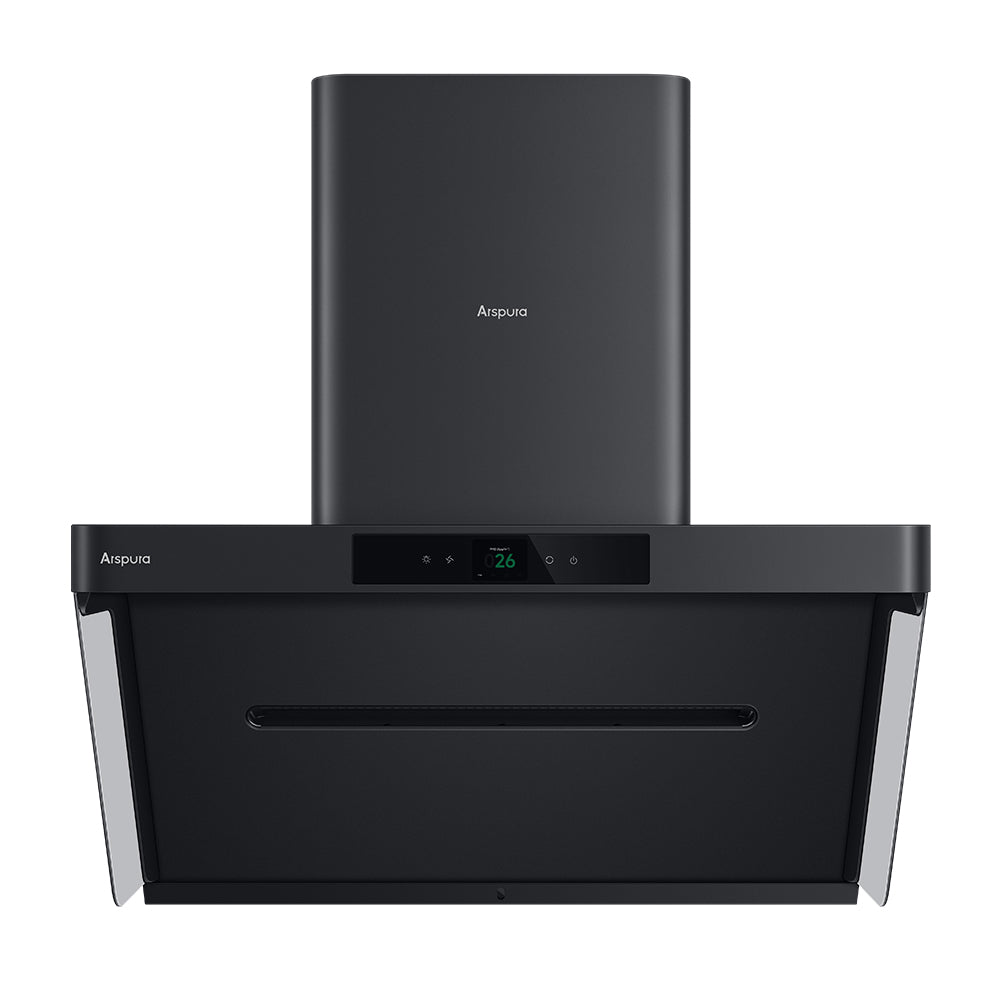Transform Your Kitchen with the Perfect Hood: Discover How to Get It Installed Today!
A well-designed kitchen is not just about aesthetics; it's also about functionality. One of the key components in ensuring a kitchen operates smoothly is a kitchen hood. These ventilation systems play a crucial role in removing smoke, steam, and odors from the cooking area, creating a more pleasant environment. Kitchen hood installation is not merely a task; it’s an investment in your home’s comfort and value. A properly installed hood can enhance the overall look of your kitchen while significantly improving air quality. Whether you’re considering a professional installation or contemplating a DIY approach, understanding the options available to you is essential. Let’s delve into the world of kitchen hoods and explore how to get one installed effectively.

Understanding Kitchen Hoods
Kitchen hoods, also known as range hoods or exhaust hoods, are essential appliances that help to ventilate your cooking area. They come in various types, including wall-mounted, under-cabinet, island, and downdraft hoods. Each type serves a specific purpose and is suited for different kitchen layouts. The main role of a kitchen hood is to capture and expel pollutants from the air, such as smoke, grease, and steam, which can accumulate during cooking. Not only do they improve air quality, but they can also prevent grease buildup on kitchen surfaces, making cleaning easier. Furthermore, a kitchen hood can enhance the aesthetic appeal of your kitchen, providing a focal point or complementing your overall design. In short, investing in a quality kitchen hood is a significant step toward creating a healthier and more enjoyable cooking environment.
Choosing the Right Kitchen Hood
Selecting the right kitchen hood involves considering several factors, including your kitchen size, cooking habits, and design preferences. First and foremost, assess your kitchen's layout. For larger spaces, a more powerful hood may be necessary to ensure proper ventilation. Additionally, consider your cooking frequency and style. If you're an avid cook who frequently uses high-heat methods, such as frying or grilling, opt for a hood with higher airflow capacity. Another critical factor is the hood’s design. Whether you prefer a modern stainless steel look or a more traditional style, there are countless options to fit your aesthetic. Don’t forget to consider the ventilation type—ducted systems vent air outside, while ductless systems filter and recirculate air back into the kitchen. Ultimately, the right kitchen hood will align with your cooking habits and enhance your kitchen's functionality and style.
Professional Installation Services
While some homeowners may be tempted to install their kitchen hoods themselves, hiring professional services can often be the best decision. Professional installation ensures that the hood is mounted securely and operates efficiently, minimizing the risk of future issues. When looking for a contractor, it’s essential to check their credentials, experience, and customer reviews. A skilled installer will not only handle the technical aspects but can also provide valuable insights regarding the best placement and configuration for your specific kitchen. Additionally, improper installation can lead to safety hazards, such as poor ventilation and the risk of fire due to grease buildup. By investing in professional services, you can enjoy peace of mind knowing that your kitchen hood is correctly installed and functioning optimally, allowing you to focus on what you love—cooking.
DIY Kitchen Hood Installation
For those with a knack for home improvement, a DIY kitchen hood installation can be a rewarding project. Before starting, ensure you have the necessary tools, including a drill, screwdrivers, and possibly a stud finder. Safety should be your top priority; always disconnect power to the area and wear appropriate protective gear. Begin by carefully reading the installation manual that comes with your kitchen hood. Measure and mark the desired location on the wall or under the cabinet, ensuring it aligns with your cooktop for optimal performance. Secure the mounting bracket, connect the ductwork if applicable, and finally, attach the hood. Common mistakes to avoid include not securing the hood properly, overlooking the need for electrical work, and neglecting to check local building codes. With careful planning and execution, you can achieve a successful DIY installation that enhances your kitchen.
Maximizing Your Kitchen’s Potential with a Hood
In conclusion, a kitchen hood is a vital component that can transform your cooking space in both functionality and style. Whether you choose to hire a professional or tackle a DIY project, understanding the importance of proper kitchen hood installation is key to ensuring your kitchen remains a pleasant and safe environment. Remember to take into account your cooking habits, kitchen size, and design preferences when selecting the right hood. With the right approach, you can elevate your kitchen’s ambiance while enjoying cleaner air and a more enjoyable cooking experience. Now is the time to take action—explore your options, and get that kitchen hood installed today!








Comments